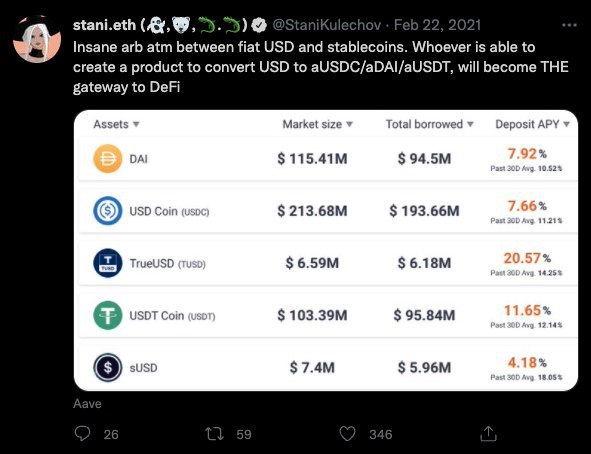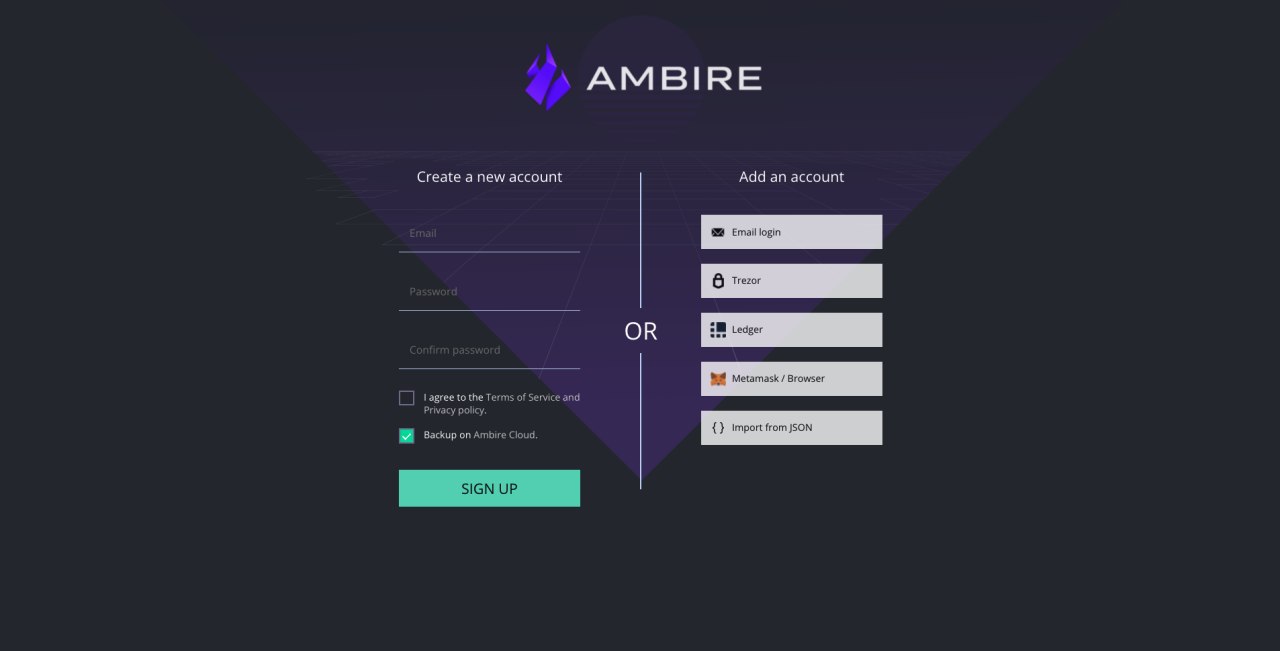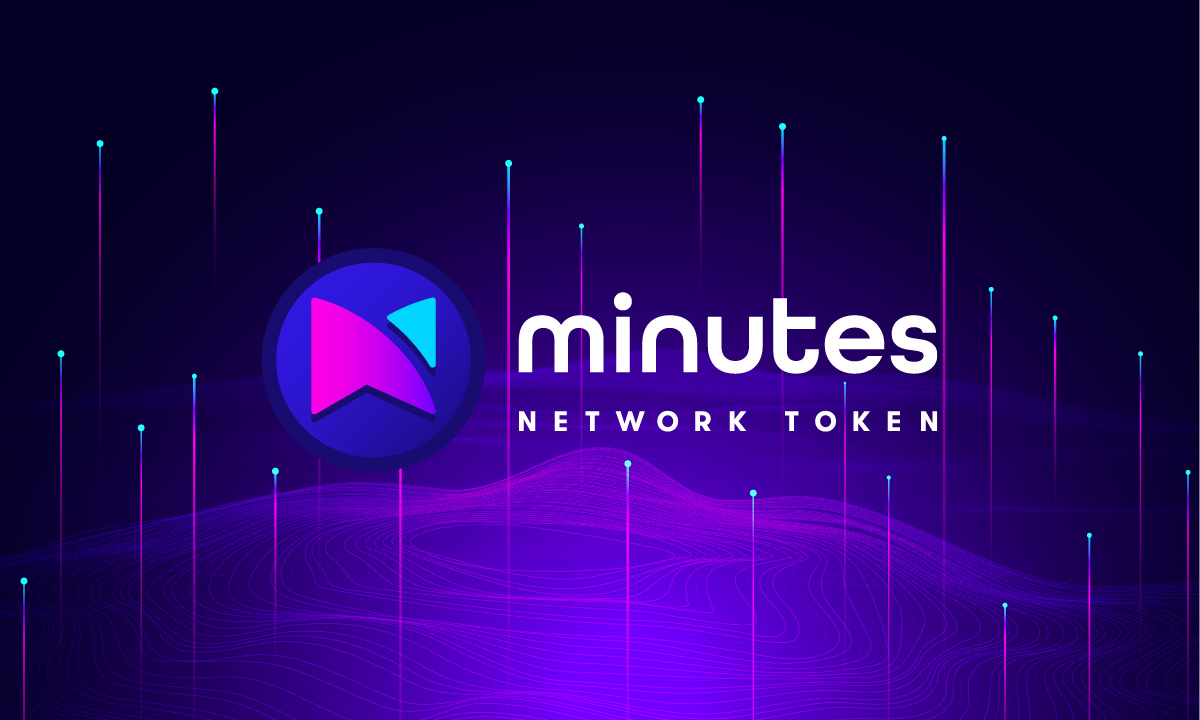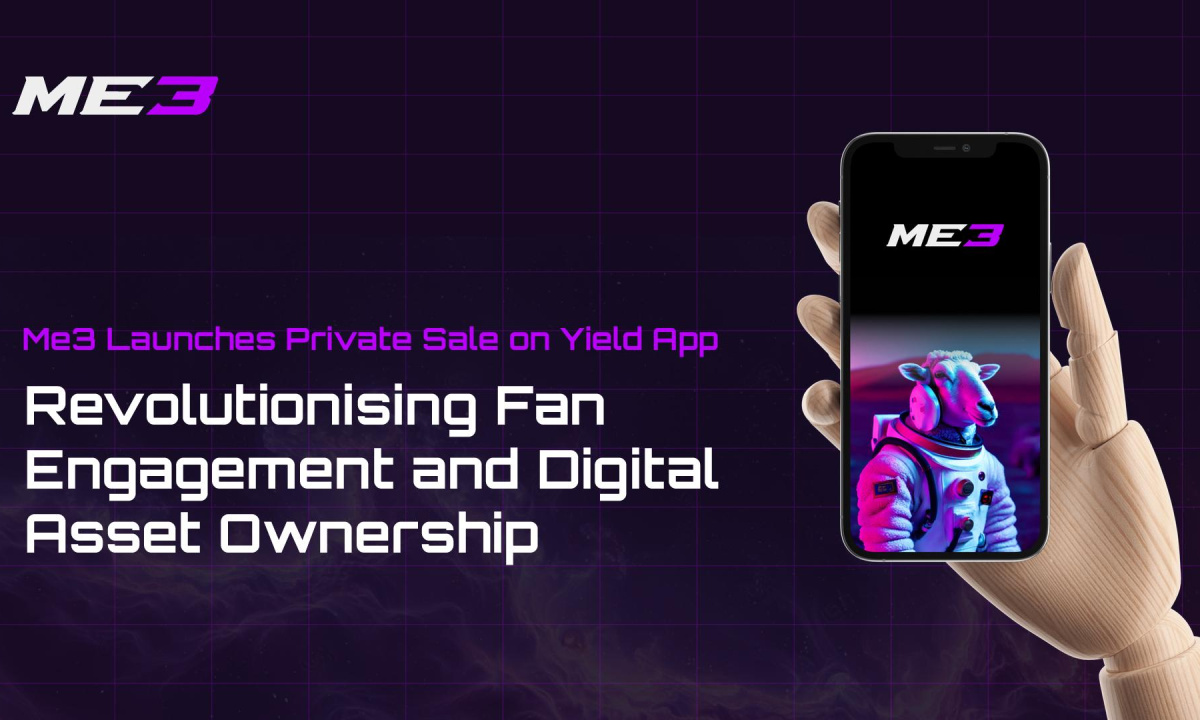Table of Contents
- To go mainstream,DeFi should simplify onboarding, reduce complexity and introduce “unified” gateways to popular protocols
- Explain Metamask to your grandma
- Protocols here, protocols there, protocols everywhere
- Finally - complexity
- By the way…We actually built it
By Ivan Manchev, Communications Manager at Ambire
To go mainstream,DeFi should simplify onboarding, reduce complexity and introduce “unified” gateways to popular protocols

Can you believe that while your fiat USD is melting in your bank account, barely netting 0.1% annual returns, another form of USD is melting faces with an annualized yield between 5% and 20%?
Crypto stablecoins offer unimaginable dollar returns for the traditional fiat system and open awesome arbitraging opportunities for everyone. Apart from that, they also require a specific set of knowledge that make them barely accessible to people outside decentralized finance.
In this article we’ll look at three DeFi hurdles for newcomers and how app developers can work to overcome them.
Explain Metamask to your grandma
Metamask wallet is an interesting phenomenon. If you spend long enough time in crypto, you won’t ever want to bother registering usernames and passwords for using apps anymore - and this is awesome. But let’s admit it - first encounters with seed phrases, wallets and Metamask can be really confusing for people who are just getting started.
When we created the Ambire AdEx ad platform we faced this problem too. Ambire AdEx is an advertising platform connecting publishers and advertisers willing to trade advertising space. Most of the advertisers we wanted to onboard didn’t have previous crypto experience. This is why we needed to come up with an easier login system that preserved the Ethereum wallets account system under the hood at the same time.
It took us some head scratching but we did it. Today you can sign up on the Ambire AdEx using an email and password. When you create an account, the system creates a multisig Ethereum wallet address for your account - you deposit and receive funds on it. When you become confident enough to use Metamask or a hardware wallet, you can transfer the control of this wallet to another address - usually the one you use with Metamask or your Trezor/Ledger device. This showed us that perhaps the best way to attract non-crypto people to use dapps is to introduce similar onboarding systems that allow both sign up methods.
Protocols here, protocols there, protocols everywhere
Ever since the 2020 DeFi summer, decentralized finance protocols have surged - in less than a year, the total value locked in DeFi rose from $3 Billion to more than $110 Billion. There are more than 100 projects listed on DeFi Pulse and all of them bring different innovations and financial instruments. This is awesome, but it also leads to the second problem that prevents wider DeFi adoption: fragmentation.
At least a third of these 100+ projects offer different investment opportunities - AMMs, synthetic asset protocols, farms and staking incentives. But right now users mostly have to navigate to these platforms individually, often switch between different interfaces and approve contracts every time.
In the past, tracking portfolios was hell, too, but thanks to applications like Zerion people can now have an overview of their accounts.

The perfect gateway DeFi app should handle this without putting its users through a steep learning curve. What this means is that users should be able to connect their wallets once to instantly get access and approvals to all the protocols in the app. This will significantly reduce the onboarding time for new users.
The DeFi gateway app should further work under the hood to simplify the experience - it should take care of gas and remove the Metamask gas complexity and risks of failed or stuck transactions.
Finally - complexity
The more DeFi is advancing, the harder it gets to understand it. In the early days of DeFi (in which we still are), you have to have a specific knowledge set in order to be effectively profiting from this emerging space.
This knowledge set includes at least Ethereum smart contract basics mixed with understanding of financial theory and financial products, compound yield calculation and more.
But take traditional finance services - you don’t need to possess specific knowledge to use simple yield generating instruments - you just go to your bank and let it invest your money for you.
All DeFi apps designed for newcomers should be like that. Users don’t need to know what the “y” in yUSD stands for - they simply need to be able to arbitrage their fiat USD against it.
An optimal application should gather a bunch of DeFi protocols that offer different investment opportunities and create a solid investment portfolio including stablecoins, synthetic assets like tokenized stocks and token indices.
By the way…We actually built it

If the challenges before wider DeFi adoption are that obvious, why is no one building such a user-friendly app?
That’s what we asked ourselves too. For the past 4+ years, we have been working on Аmbire AdEx and we gathered rich Ethereum development experience. We figured if nobody’s going to create this dapp, we’ll do it. And so we started building Ambire Wallet.
It is a single tool that simplifies the process of buying, investing and managing DeFi assets both for people just starting with crypto and for seasoned investors.
The Ambire Wallet is basically everything that I talk about in this article. It is the first DeFi wallet that doesn’t require installing an extension or writing down a seed phrase: getting started with Ambire takes a simple email registration or connecting an existing browser or hardware wallet as a signer. However, private keys remain with the users and email is used as a two-factor authenticator when initiating transactions. Once they have created their smart wallet account, users can easily transfer crypto into their account, or purchase it with fiat money.
Among Ambire Wallet’s features are combining transactions and skipping protocol approvals to avoid unnecessary transaction fees. Combined with gas management automation this improvesDeFi experience dramatically for the new user. Once the user is confident, they can switch to Trezor/Ledger or Metamask accounts as a sign up method into the wallet for better security. The wallet also has popular DeFi protocols, such as Aave, Yearn and Sushiswap, integrated on the dashboard and wallet users can start using these protocols in just a couple of clicks - no need to learn how Aave or Yearn works or navigate on other apps.

Currently, Ambire wallet supports four major networks: Ethereum, Polygon, Avalanche and Binance Smart Chain. Moving funds between networks can be easily done within the wallet thanks to an integrated bridge. An Arbitrum integration is on the way and more L2 networks will probably be added in the future.

We launched Ambire Wallet in the middle of December 2021 and it quickly gained traction, attracting more than 20,000 users in two weeks, who transferred more than $21 Million in funds to the wallet.
Together with the wallet's launch, we started an early user continuous airdrop program where early users will preemptively accumulate an allocation in the upcoming $WALLET token. A total of 300 million $WALLET tokens will be distributed as rewards to early users who fund their Ambire Wallet accounts. These rewards will be distributed over a period of 4 years, starting from the wallet’s launch - users will be able to see them in their accounts and access them as soon as the token is officially launched in the coming weeks.
If you are interested in trying Ambire Wallet, head to https://www.ambire.com/ and create your account in less than 5 minutes.
Disclaimer: This article is provided for informational purposes only. It is not offered or intended to be used as legal, tax, investment, financial, or other advice.
Investment Disclaimer












